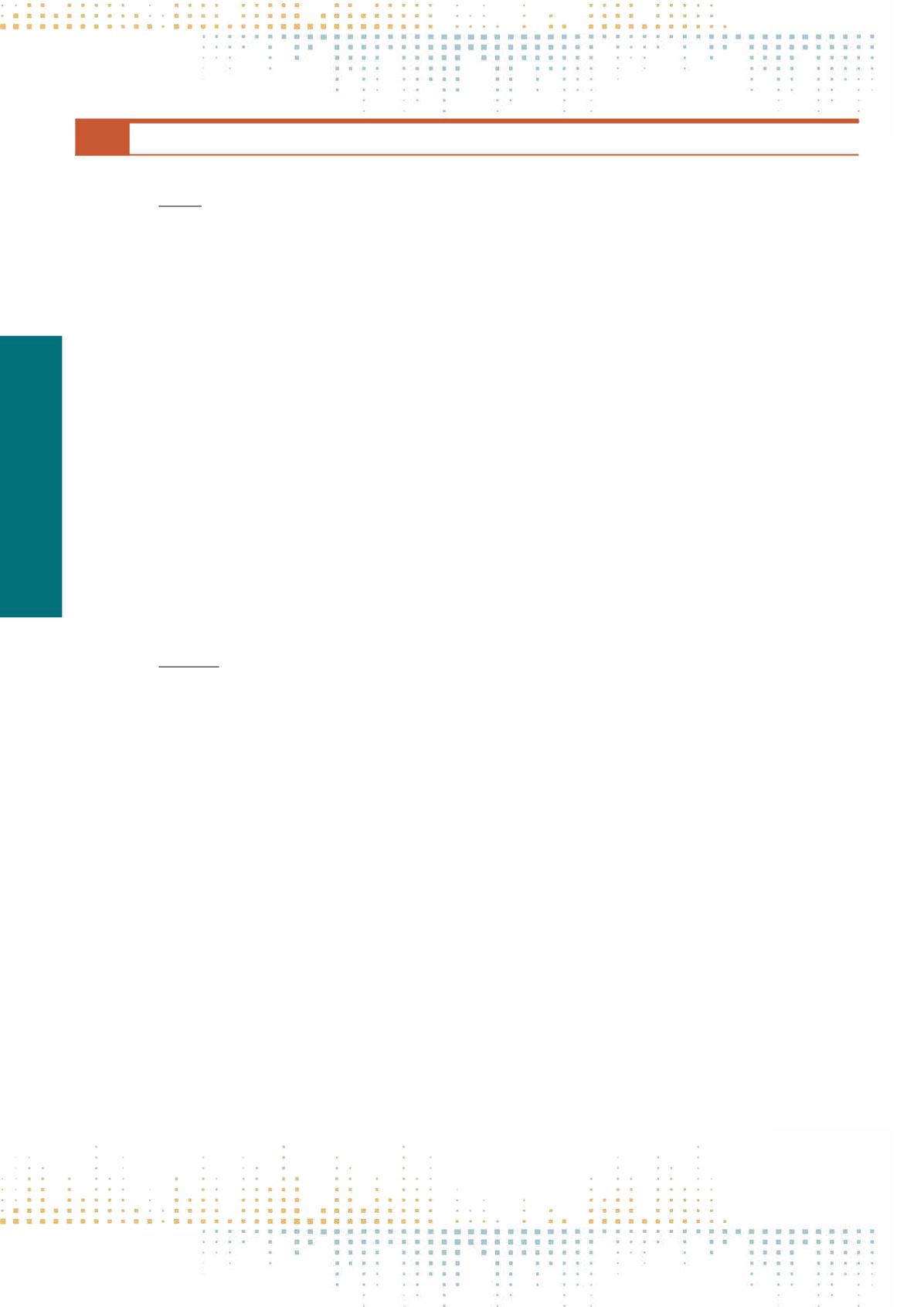

216
Thursday, November 10
1 6 : 3 0 – 1 8 : 0 0
DCC07
Selfies, Personal Narratives and Self Promotion
PP 267
Selfies as/and (Dis)Continuous Media: Emergent Sex-Gender Categories in/Through Selfies
B. Enguix
1
, E. Gómez-Narváez
1
1
Universitat Oberta de Catalunya, Arts and Humanities, Barcelona, Spain
Digital communications and technologies are part of our personal and social worlds today. They are generating new ways of understanding our self and our
social relations. Selfies have been defined as 'A photograph that one has taken of oneself, typically one taken with a smartphone or webcam and shared via
social media' (Oxford Dictionaries, n.d.)(1) . Selfies are cheap, easy to take and easily distributed. According to Fox and Rooney (2015), the selfie is believed
to have debuted in its present form in 2004, with its usage reportedly skyrocketing by 17,000% since 2012. The practice of selfies is also coherent with
the increasing exposure of the body in forms of popular representation and individual self-expression (Attwood, 2011). Selfies have been considered as
a rapid ‘documenting’of the self (Jenks, 2013) and a ‘sociocultural revolution’about ‘identity affirmation’(Silvestri, 2014, p. 114), among others. They have
also been considered as transformative and subversive (Ehlin, 2014) and a political weapon. Even though they have been dismissed as frivolous and self-ab‑
sorbed, Tiidenberg and Gómez Cruz consider that ‘the relationship between subjectivity, practice and social use of those images seems to be more complex
than this dismissal allows' (2015, p. 78). Selfies are power-ambiguous and can reinforce existing hegemonies through commodification and docility (Fou‑
cault, 1977; Lasen and Gomez-Cruz, 2009;Waskul and Martin, 2010)(2). Departing from selfies as a complex practice related to power, sex-gender hegemo‑
nies, documentation, identity, self and subversion, we consider that selfies are discursive media that allow, visibilize and disseminate‘emergent’(dissident?)
gendered identities that are profoundly embodied, are ‘easily’ represented through pictures and ‘question’ the hegemonic gendered assumptions. Selfies
situate one's self at the crossroads between the public and the private and through this ‘exhibition’ they enable modifications of the performance and
conceptualization of the sex-gender-sexuality system. Non –hegemonic (non gender- binary) selfies with hashtags such as #femaletomale, #androgynous,
#notbinary, #pansexual, #genderfluid, #demisexual, and others are used to surpass hegemonic sex-gender categories and express change, transformation,
and emerging categories. These ‘new’expressions and discourses unravel the self and can have an emancipating effect from restrictive discourses through
new gender taxonomies alternative to heteronormative taxonomies. In this work we have centered in selfies in Instagram and we derive our findings from
qualitative and visual analysis. After an in-system search for exploring hashtags and users, we have also interviewed representative users. Notes 1. Retrieved
from
http://www.oxforddictionaries.com/es/definicion/ingles/selfie(15 January, 2016). 2. For more details about the different explanations about selfies
see, among others, Gomez-Cruz and Thornham (2015) and Tiidenberg and Gómez Cruz (2015) as well as
http://www.makingselfiesmakingself.com/(re‑
trieved 20 January, 2016).
PP 268
Carrying Media Diaries into the Future: How WhatsApp Enhances Self-Reporting Methodologies
K. Kaufmann
1
, C. Peil
2
1
Austrian Academy of Sciences / Alpen-Adria-University Klagenfurt, Institute for Comparative Media and Communication Studies, Vienna, Austria
2
University of Salzburg, Department of Communication Studies / Center for ICT&S, Salzburg, Austria
Media diaries represent a classic yet increasingly avoided method in communication research. The analytical power of this method lies in its capacity to af‑
ford contextual knowledge about media appropriation: the situational, spatial and temporal embeddedness of everyday media use as well as the meaning
and role of media as part of daily routines, social interactions and a larger media repertoire. By providing a comprehensive pool of rich self-report data,
the method reveals how the individual perceives and uses media. Media diaries have been applied in such diverse fields as media pedagogy, health com‑
munication, mobile communication and in market research and come in a variety of forms and formats (e.g. log format, semi-structured table format etc.).
However, in today’s mediatized societies, the application of media diaries needs critical assessment: In the process of digitization and convergence, media
communication has become increasingly ambient and pervasive. Most media have ceased to have a distinct scope of action and signification. Practices
overlap leading to intricate modes of reception characterized by fragmentation and transition. As a consequence, discrete acts of media consumption are
difficult to identify for users and researchers alike – classic self-report methods such as media diaries reach their limits. The complexity of saturated media
environments thus calls for innovative research approaches which take into account the entanglement and ubiquity of media communication that often
obscures everyday perception and reflection. Against this background, the paper introduces the mobile messenger application WhatsApp – key to digital
communication for now one in seven people on Earth – as a qualitative data collection tool that enhances the documentary character of self-reporting by
the interactive potential of qualitative interviewing. Our case study is centred on the interest-driven, often floating media reading habits of young adults
born after 1990. These so-called Post-Millennials have grown up in a world of mobile communication. The participants were requested to document in
WhatsApp their moments of reading editorial content – be it online, via mobile apps, or in printed publications – by sending commented (audio-)visual
material in each situation of use. The chat functions ofWhatsApp gave us the opportunity to then engage in the process by exploring dialogically the mean‑
ings and context of each situation. For a holistic view of this innovative tool, the study included follow-up face-to-face interviews with the participants. In
so doing, the findings shed light on the backdrops of media selection and reading choices in media rich environments and facilitate a careful assessment
of the potential of instant messaging for carrying self-reporting methodologies into the future.



















